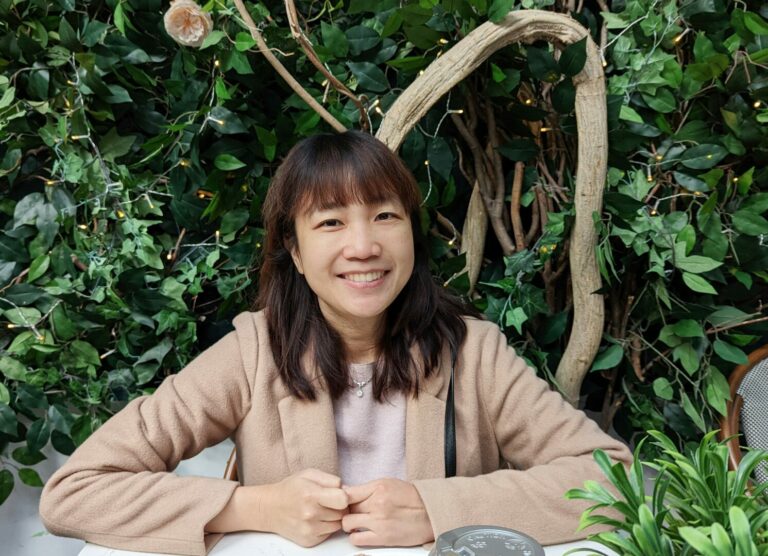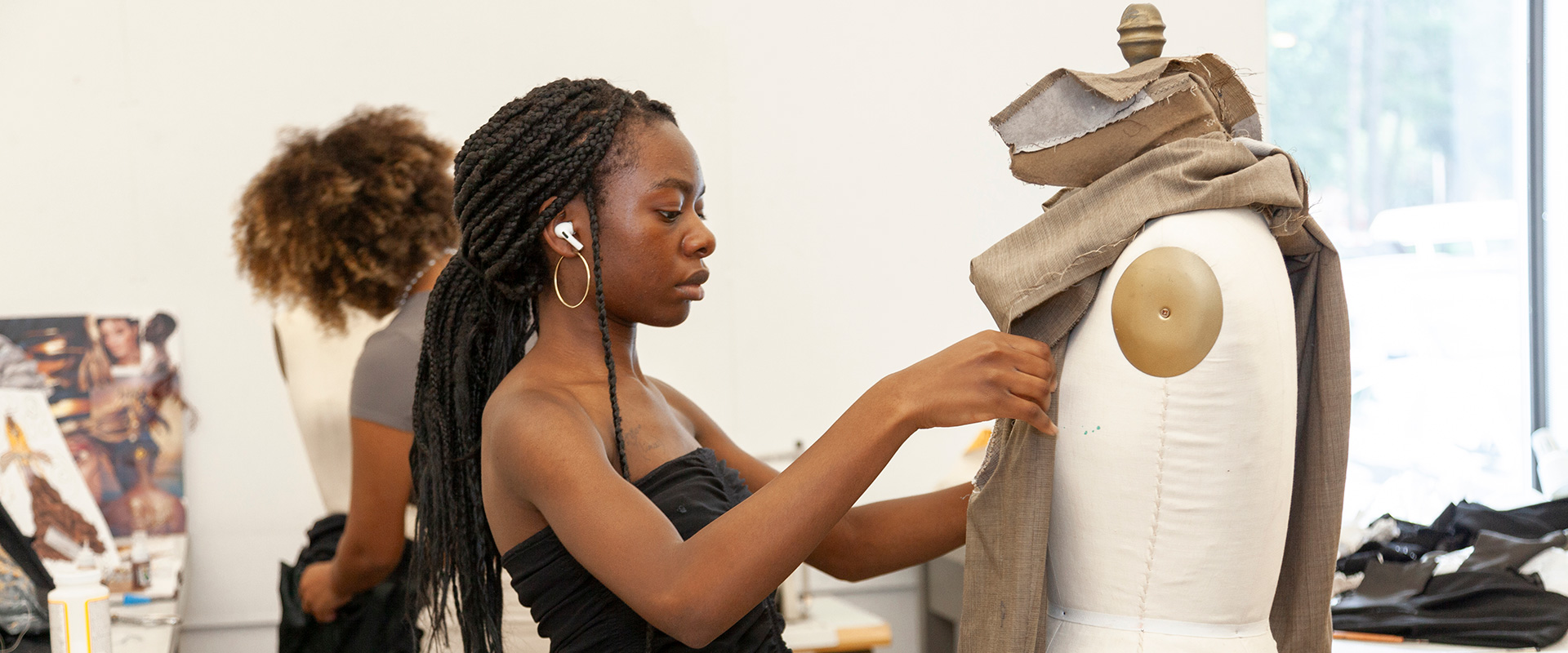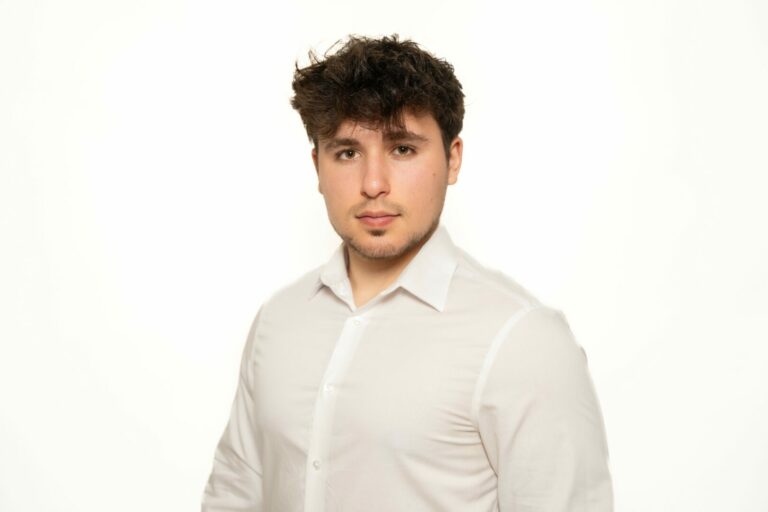We’re excited to introduce you to the always interesting and insightful William Alonso. We hope you’ll enjoy our conversation with William below.
William, so excited to have you with us today. So much we can chat about, but one of the questions we are most interested in is how you have managed to keep your creativity alive.
Art is my passion, and my artistic life has flourished among the plastic arts; theater, specifically puppet theater and teaching. These three areas have allowed me to develop strategies and resources that maintain creativity at high levels of consistency and adequate for what my work requires. This is why I want to share with you today my three elements, which I consider fundamental to keeping creativity alive: discipline, curiosity and generosity.
Discipline forms in us those habits of perseverance that will allow us, among others, total control of the purposes we have in the search for a goal, such as, for example, learning a new technique in painting or mastering a new dance; understand topics that may be new to us or that we find difficult to understand; surpass our own sports records, etc. This is going to be very positive for our brain, since these stimuli and rewards, by achieving results or learning something new, will keep it alive, alert and positive.
Organization is also another advantage of discipline. If my habits make me an organized person, my head is organized, that will give a lot of room for creativity. And yes, I agree that a lot of creativity can come from chaos, but it is also true that most ideas require development and maturation; and they request organized work and analysis.
The second element is curiosity; It is the vital fuel of creativity, there cannot be a creative being if there is no concern. We must be restless to understand and comprehend; for finding other ways of seeing and resolving life. Curiosity is discovering and investigating to know, that is, learning. In curiosity the true experience is lived because there is awareness of what is happening, it does not take us unnoticed. And that is where passion is born, that is why it is important.
Last but not least, generosity. All my creative work is designed for others, for my community, or for my social environment. Even though my creative work is intended for a closed and very small audience, there is a reason to develop a creative proposal. Understanding that what inspires me to develop creative work comes from outside, that is, from the experience and interpretation I have of my world and in reciprocity I act with generosity, what I receive and what I give to my environment. Wanting to do it well makes my creativity reach high levels of quality, but above all, it keeps it alive, productive and awake all the time.
Let’s take a small detour – maybe you can share a bit about yourself before we dive back into some of the other questions we had for you?
I am a qualified plastic artist, with a master’s degree in art history; I have taken courses and diplomas on caricature, advertising drawing, artistic drawing among others. And I have always had a strong impulse towards the performing arts, which is why I have carried out complementary studies in dramatic art and puppet theater. Since I was a child I have had a deep interest in theater and puppets, in building mobile sculptures that eventually became characters in my childhood stories. Today my artistic work is always between painting, sculpture, engraving; but also in the construction of puppets and the staging of plays mainly with puppets.
This duality of expressions has allowed me to develop an invaluable possibility of languages that enrich my work and open a range of resources that I can use to solve the challenges posed by the works I am creating, whether from the plastic or the stage.
The color, the composition, the transparency; but also movement, drama, character are some of the infinite possibilities that my work has. This fills me with absolute happiness because they become an infinite world of creativity and imagination.
For this reason, I would like to share with you that, as a result of this creative amalgamation, we present a play and puppets called “the portrait of Judy” where the performing arts with puppets and actors are mixed, with the plastic arts, which we will not only see in its scenery or props, but the theme of the work revolves around great masters of Western painting such as Picasso or Van Gogh.
We will make Judy’s portrait available to the public every Sunday of the month of March in Miami Florida, at the facilities of MIFA Miami International Fine Art 5900 NW 74 th Ave Miami FL 33166, a cultural center of great relevance in the city, in where different artistic expressions converge and which has within its space an academy, gallery, artistic studios, rehearsal rooms, dressing rooms and a theater presentation room.
It is in art where we find the deepest essence of what makes us human, music, dance, drama, forms appear due to the deep desire to manifest ourselves as living beings with a story immersed in each of us.
Looking back, what do you think were the three qualities, skills, or areas of knowledge that were most impactful in your journey? What advice do you have for folks who are early in their journey in terms of how they can best develop or improve on these?
We know that the work of an artist is hard work, a lot of dedication and, above all constant improvement. Therefore, one of the most important qualities is the method, the rigor made up of good work habits, disposition and focus. Picasso would say it in his famous phrase “inspiration exists, but it has to find you working.” It is constantly producing with firmness and quality so that we can see the results and in this way achieve mastery. But it is not only hard work that will take us to our purpose, it is intelligent work. Therefore, the second quality that we must have, to undertake this journey, is the deep desire to learn and know. We have the information at our fingertips, we can get the contents of any topic with a click, we have our mentors, tutors or lecturers at our fingertips. even if they are many miles away. The only thing we must have is a hunger for knowledge, a desire to know more.
This knowledge will allow us, among many other things, to objectively analyze each situation, to have a critical look at our daily lives and to generate greater awareness about the events that positively or negatively affect our perception of the world.
Finally, the passion, the deep love that we feel for our profession as artists, which more than performance is our lifestyle. When passion exists, anything we do feels like it is little compared to the size of that burning flame that we carry in our hearts and that it is nothing other than the deep desire to express ourselves and show the world what we feel and want to communicate from the art.
Awesome, really appreciate you opening up with us today and before we close maybe you can share a book recommendation with us. Has there been a book that’s been impactful in your growth and development?
There is a book that I constantly return to and that I consider a permanent reference text, which despite being a specifically theater book, is applicable to any professional field, since it makes an in-depth study of the relationship of the body and its different methods to achieve mastery in the mastery of mainly scenic techniques. All the knowledge and wisdom that this book has is of profound value not only for those who dedicate themselves to theater, since its methodology, strategy or technique is applicable to any other language, not only of the arts but even design, engineering, medicine. etc
That’s why I want to share this book because I think it could be very helpful to anyone regardless of their job since its contents can be applied to any field or profession.
This is the book “The Secret Art of the Actor” by Eugenio Barba and Nicolas Savarese, two great theater directors who, in a splendid work, develop excellent investigative work with a magnificent compilation that addresses the body work of the actor, seen in different cultures and historical moments. .
A beautiful work translated into several languages, with excellent editions, most of them illustrated, but the most important thing is its content because it speaks specifically about the relationship of the body with the environment and the discipline that we must have to overcome any challenge.
And to inspire you with his reading, he shares three phrases that I consider could contain the essence that corresponds to this text:
“The true artist is the one who masters the technique to forget it” Kelucharan Mahapatra
“Just as there is a lazy, predictable, gray way of moving, there is also a gray, lazy and predictable way of thinking” Eugenio Barba
“The art of theater finds its foundations in talent, but it acquires consistency in technique, and in this the need to acquire experience and mastery through exercise and virtuosity is evident” Stanislavski
Contact Info:
- Website: @aquiropoeta
- Instagram: @aquiropoeta
- Facebook: @aquiropoeta
- Twitter: @aquiropoeta
- Youtube: @aquiropoeta
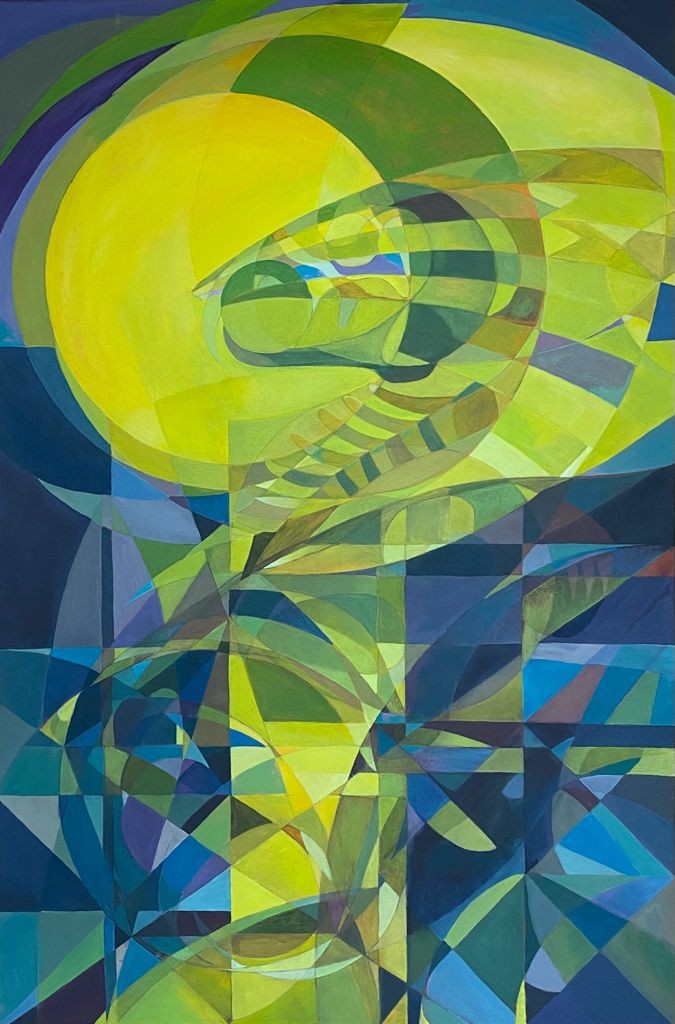
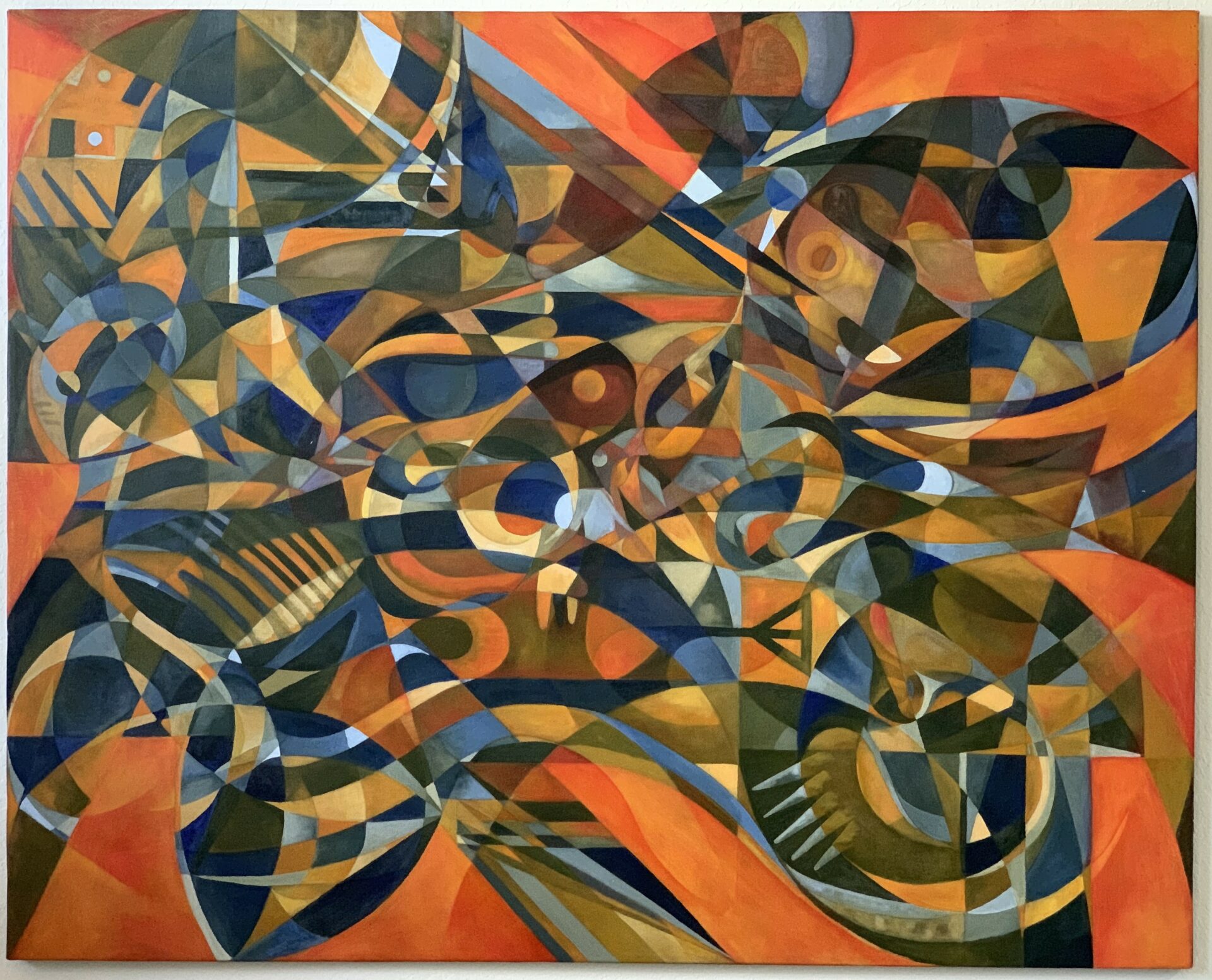
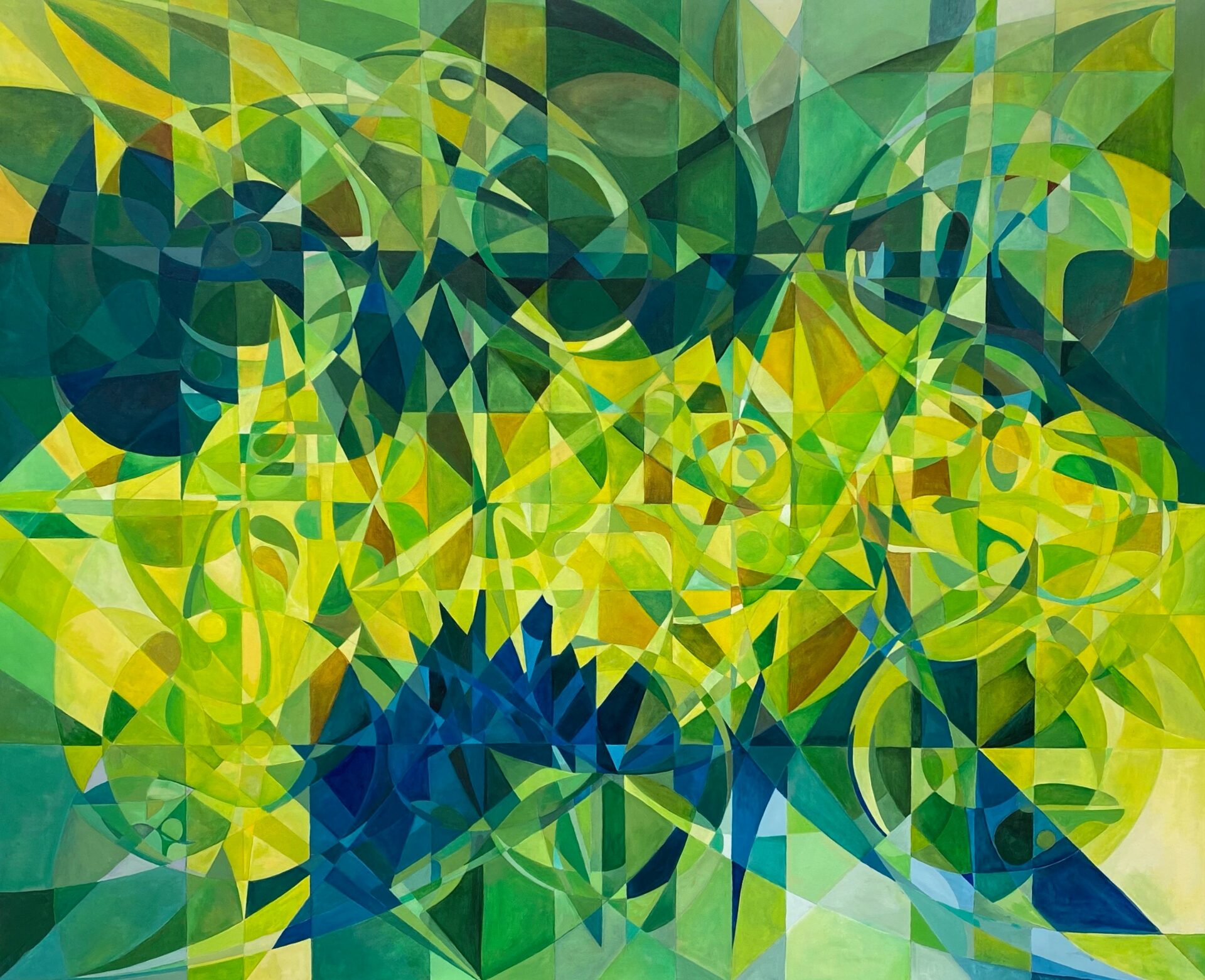
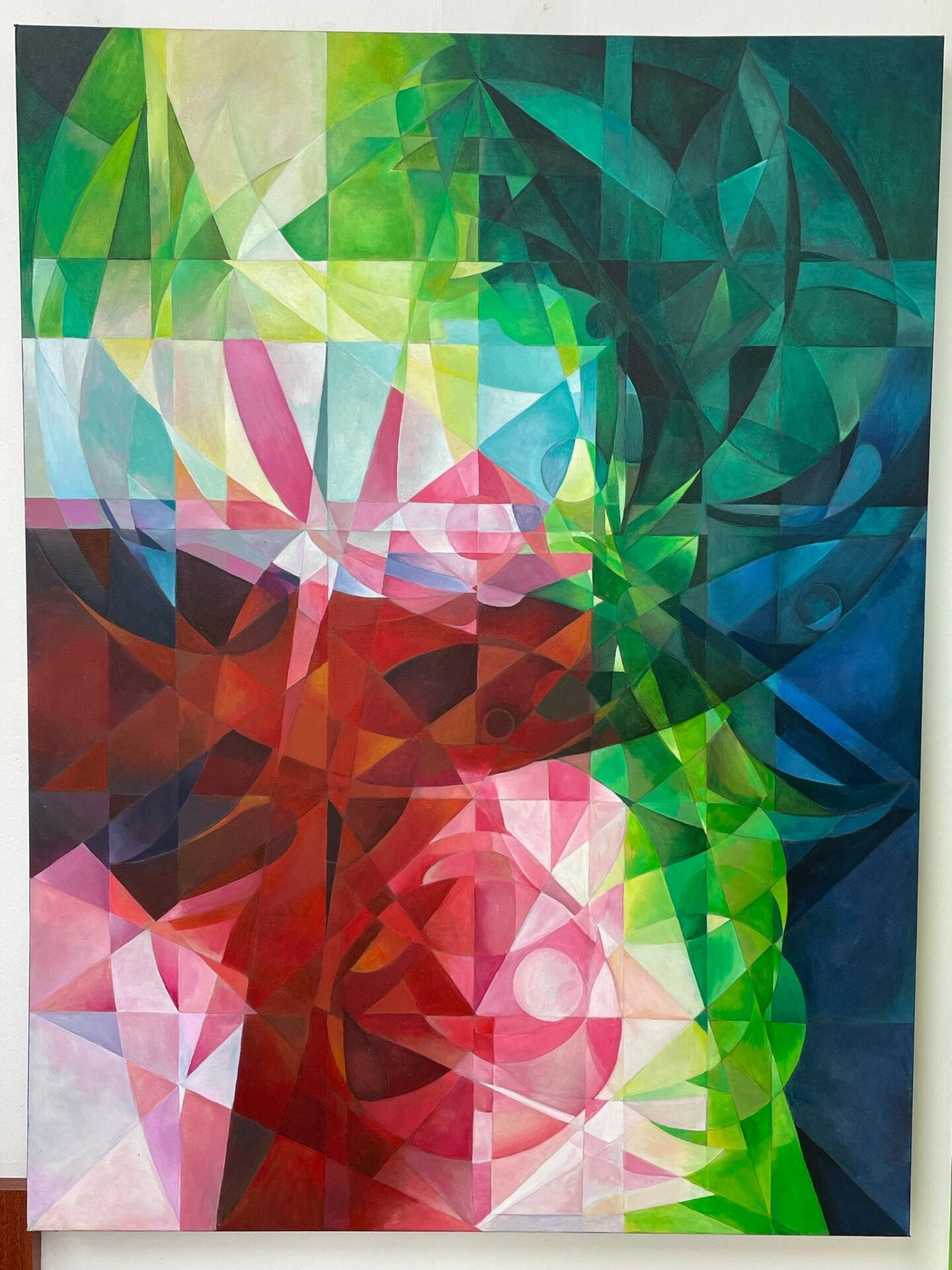
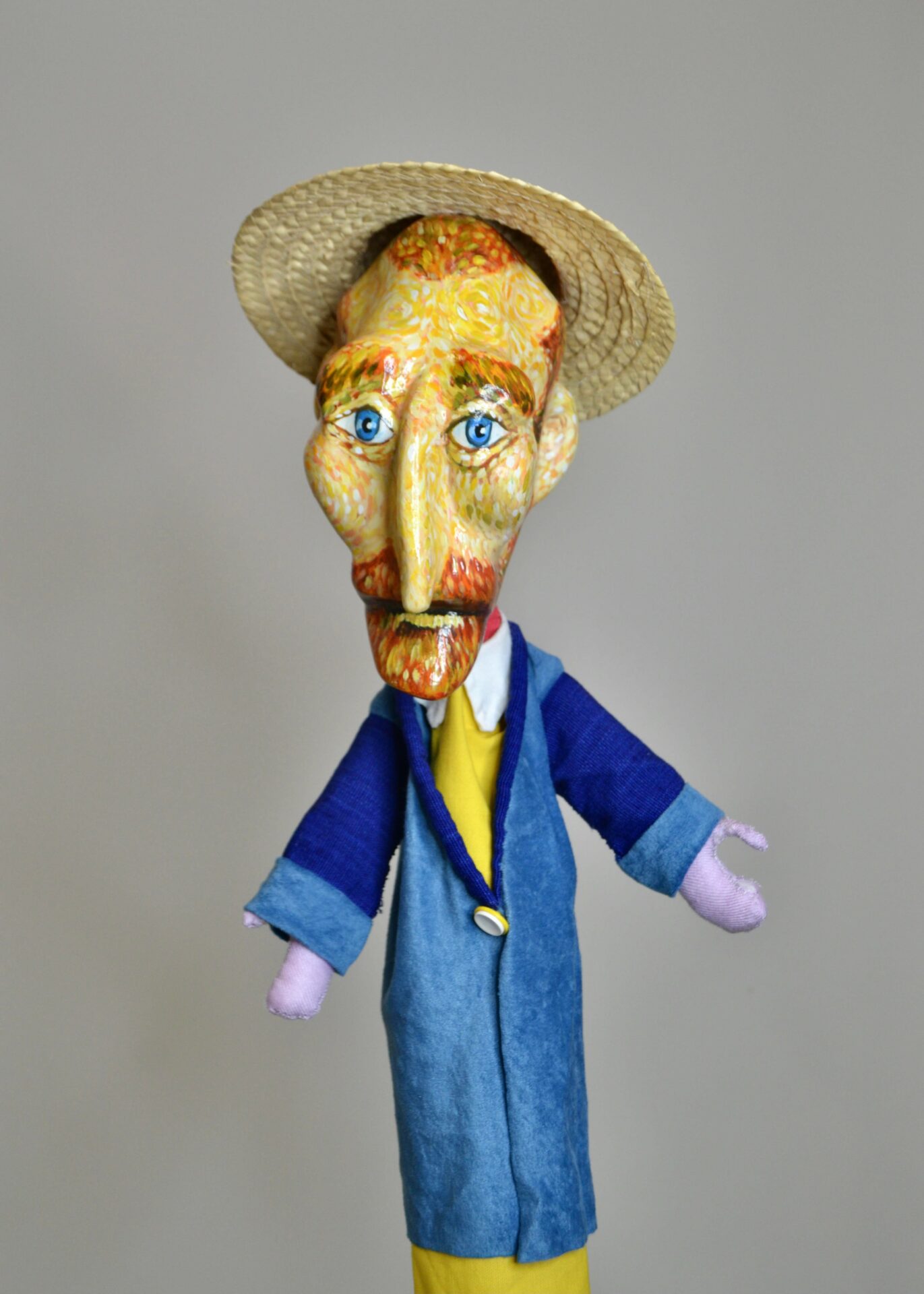
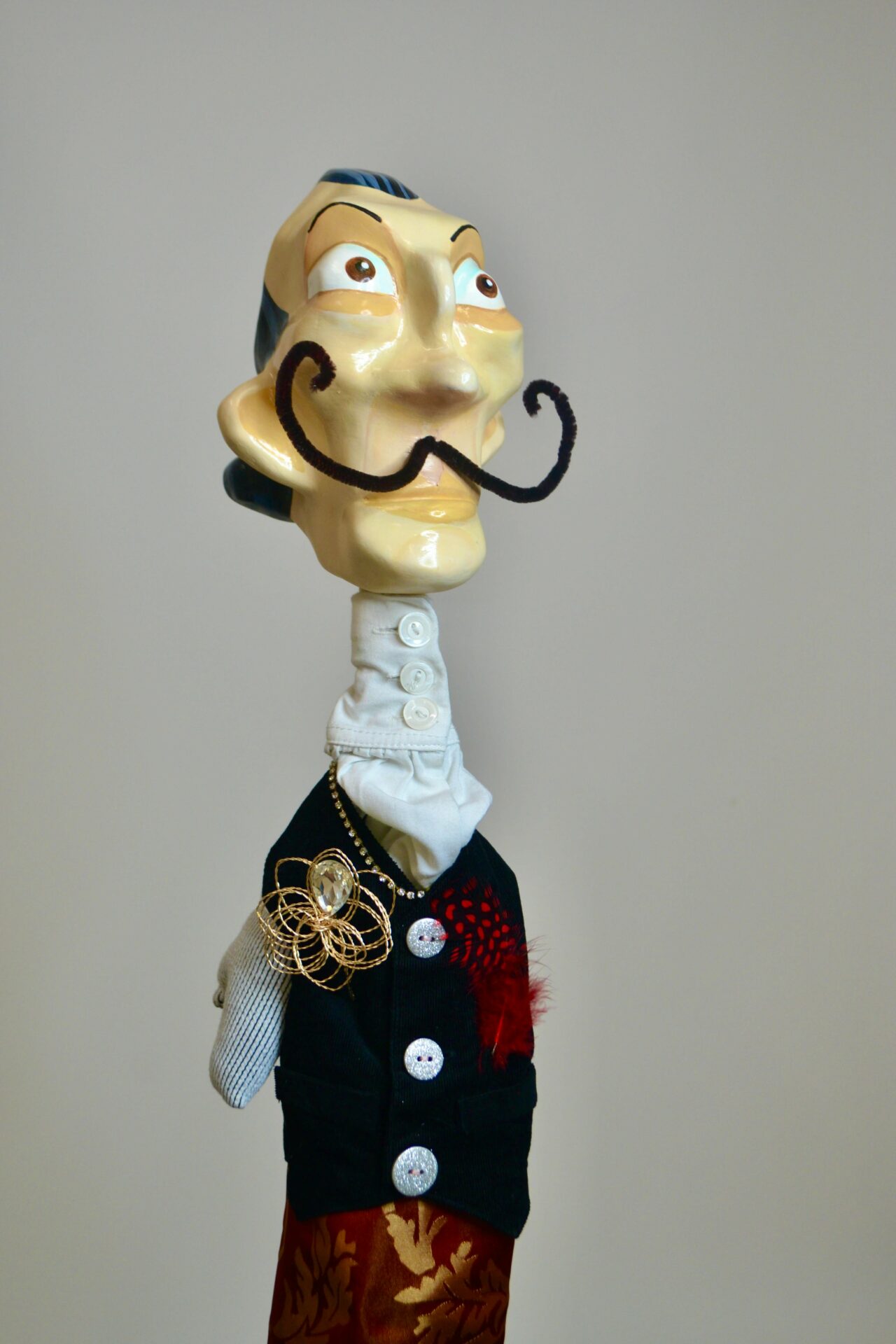
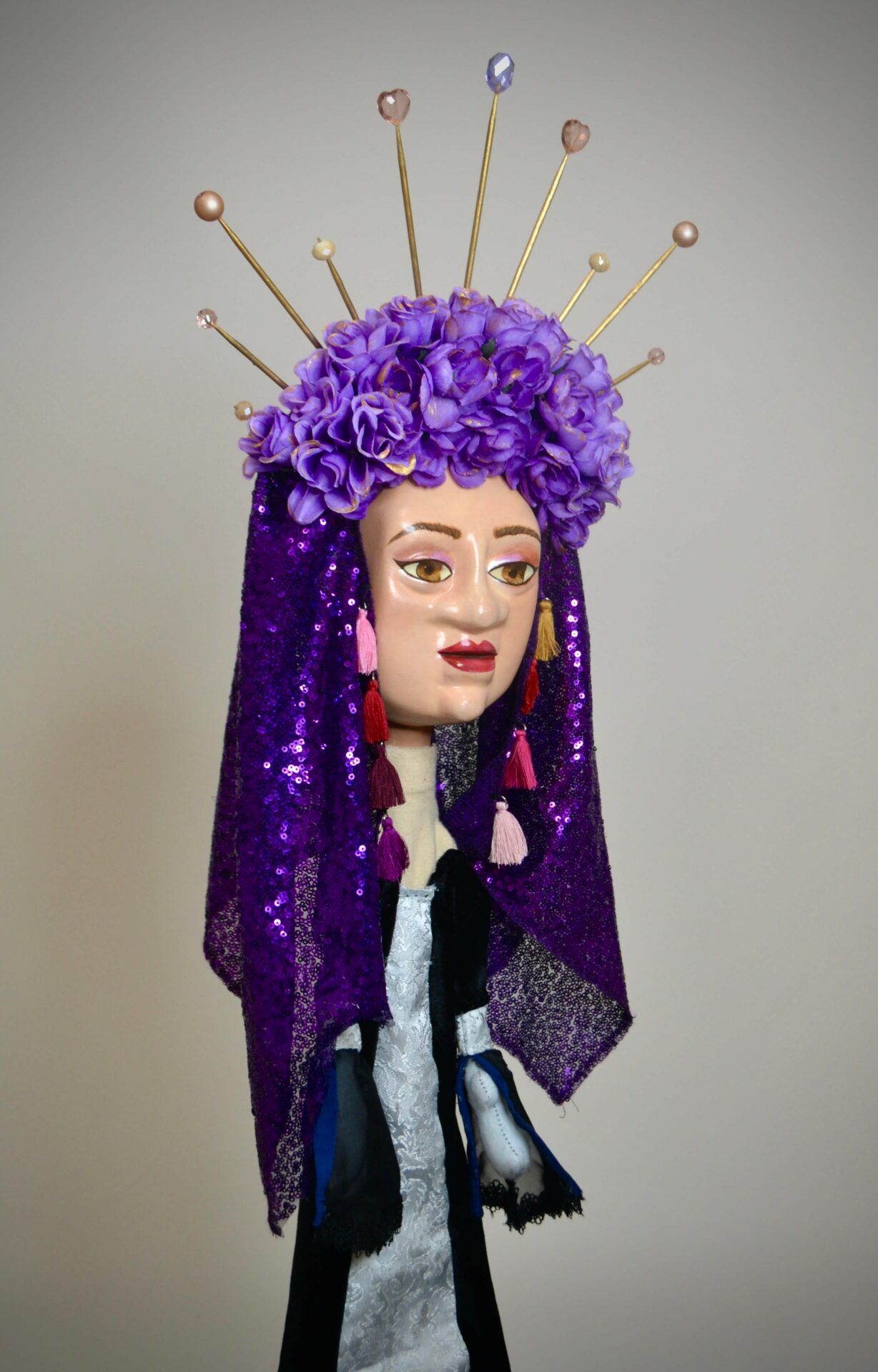
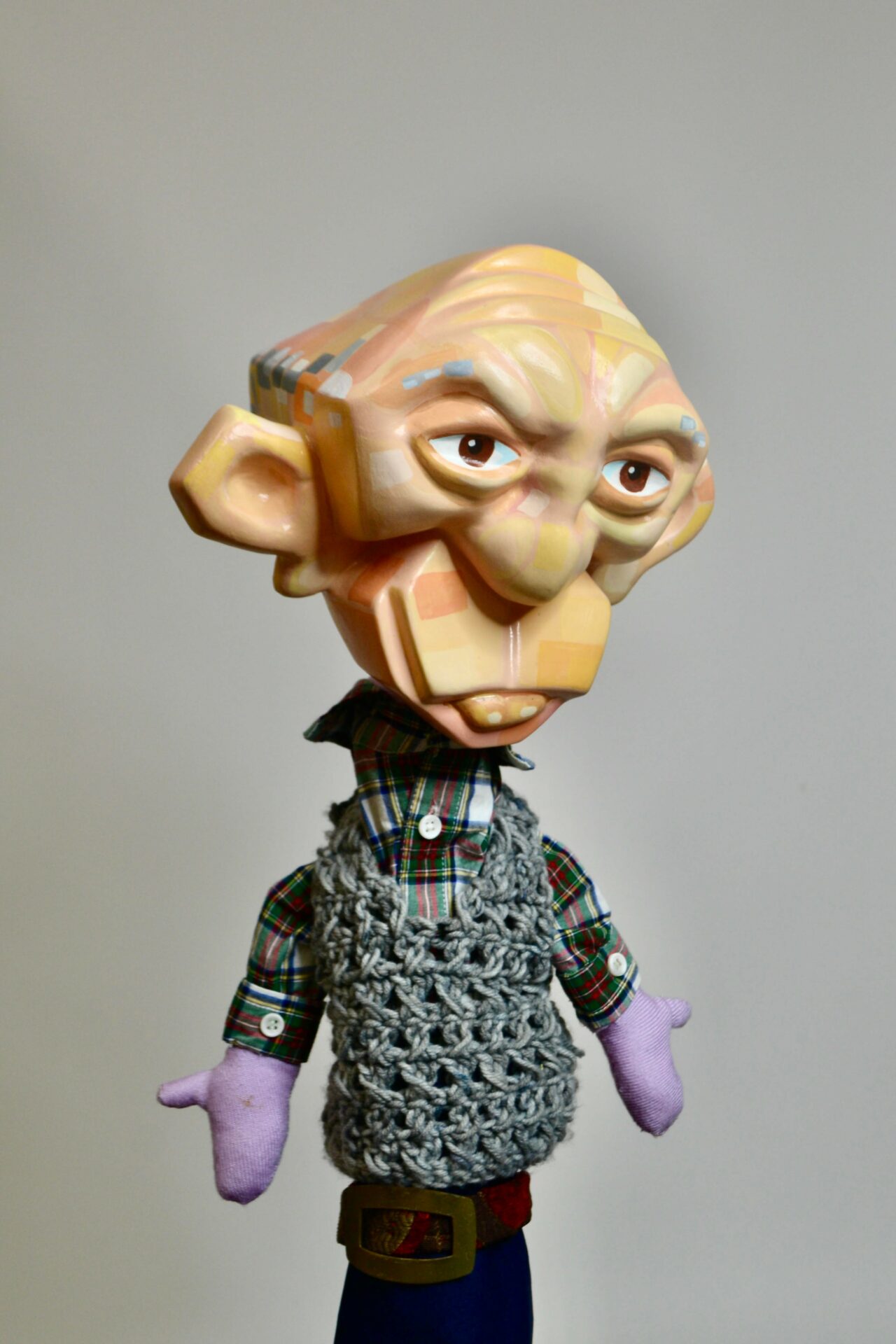
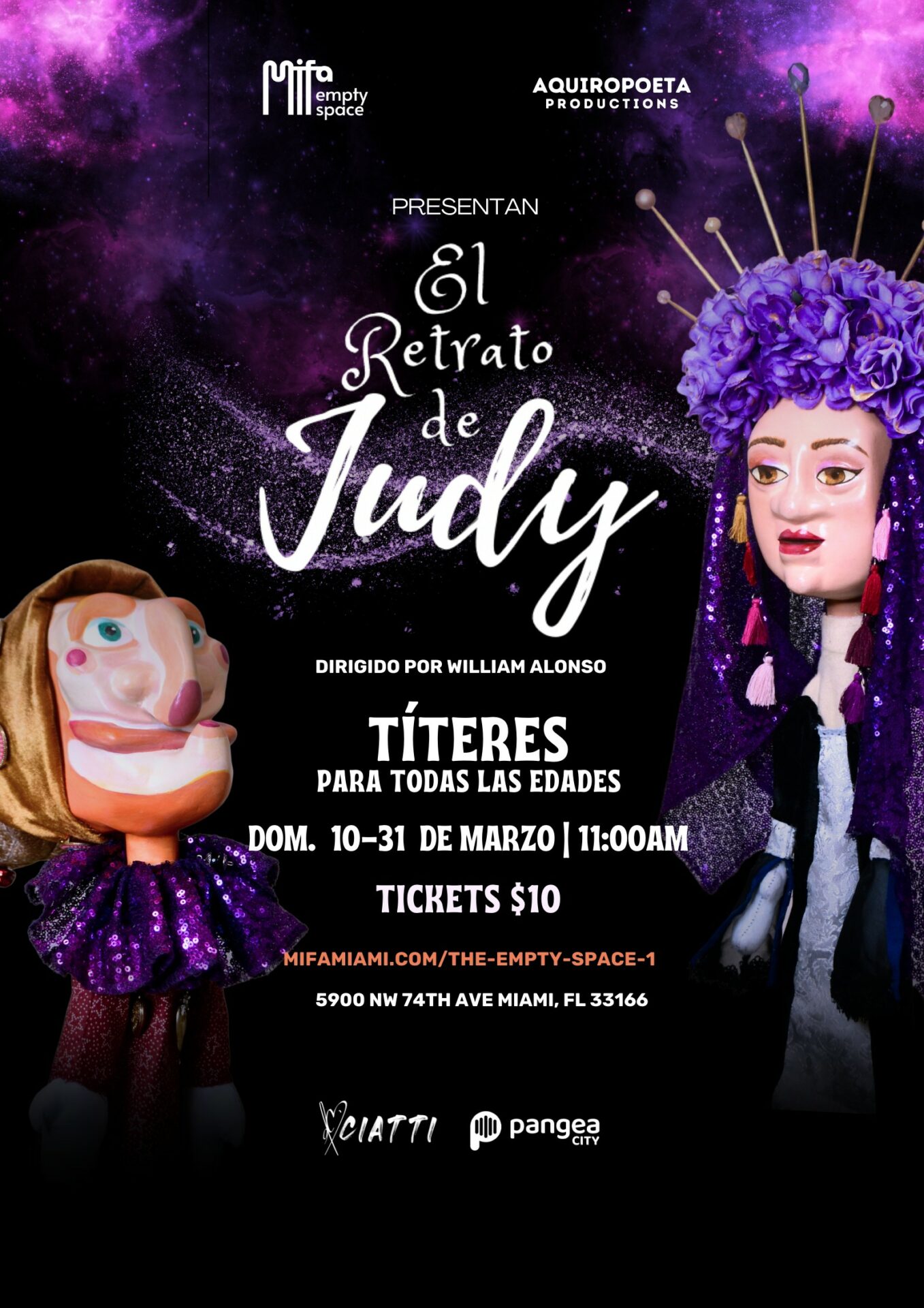
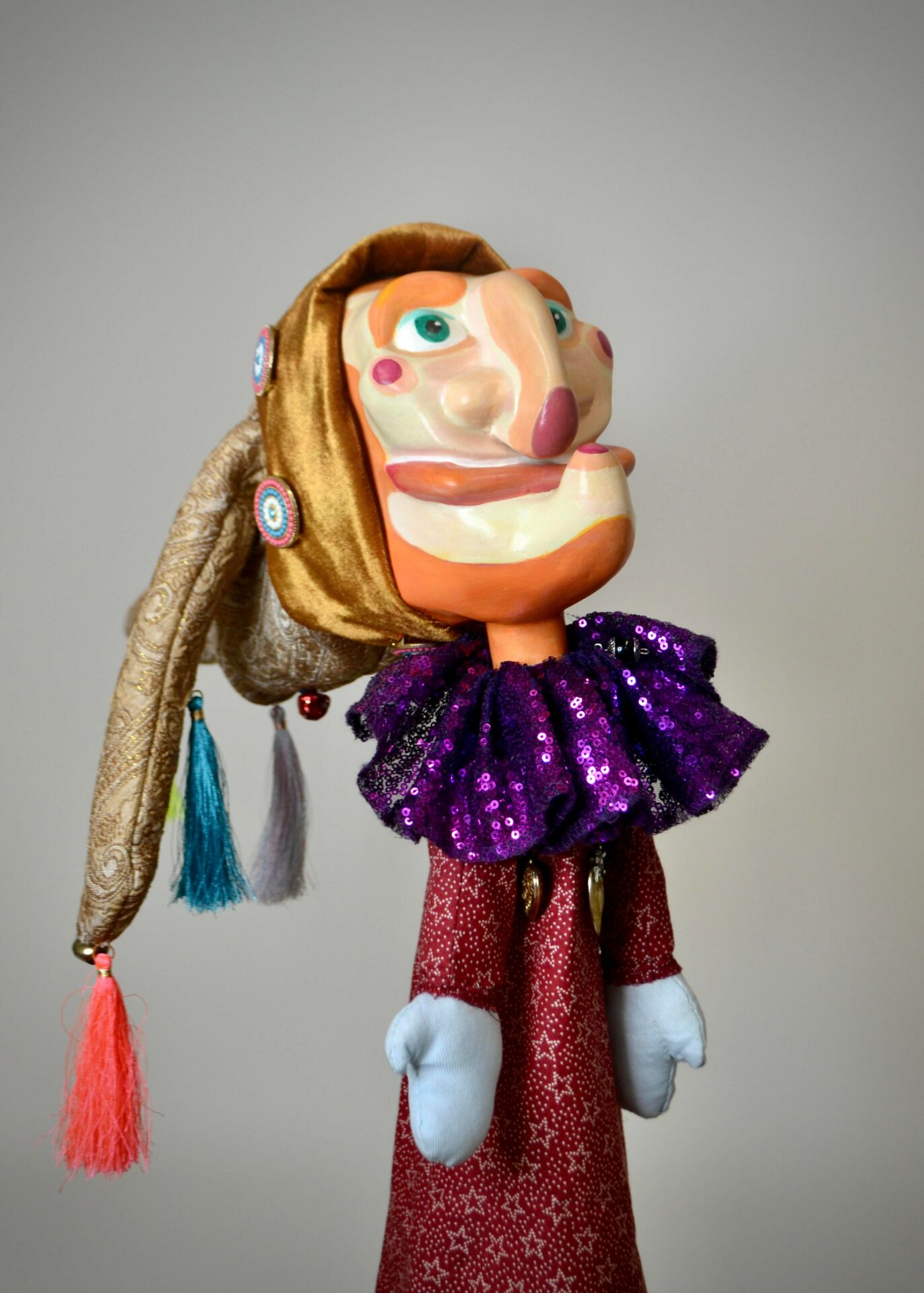
Image Credits
William Alonso


